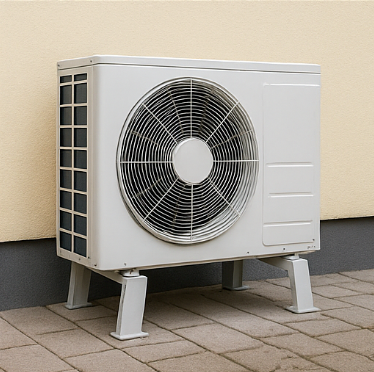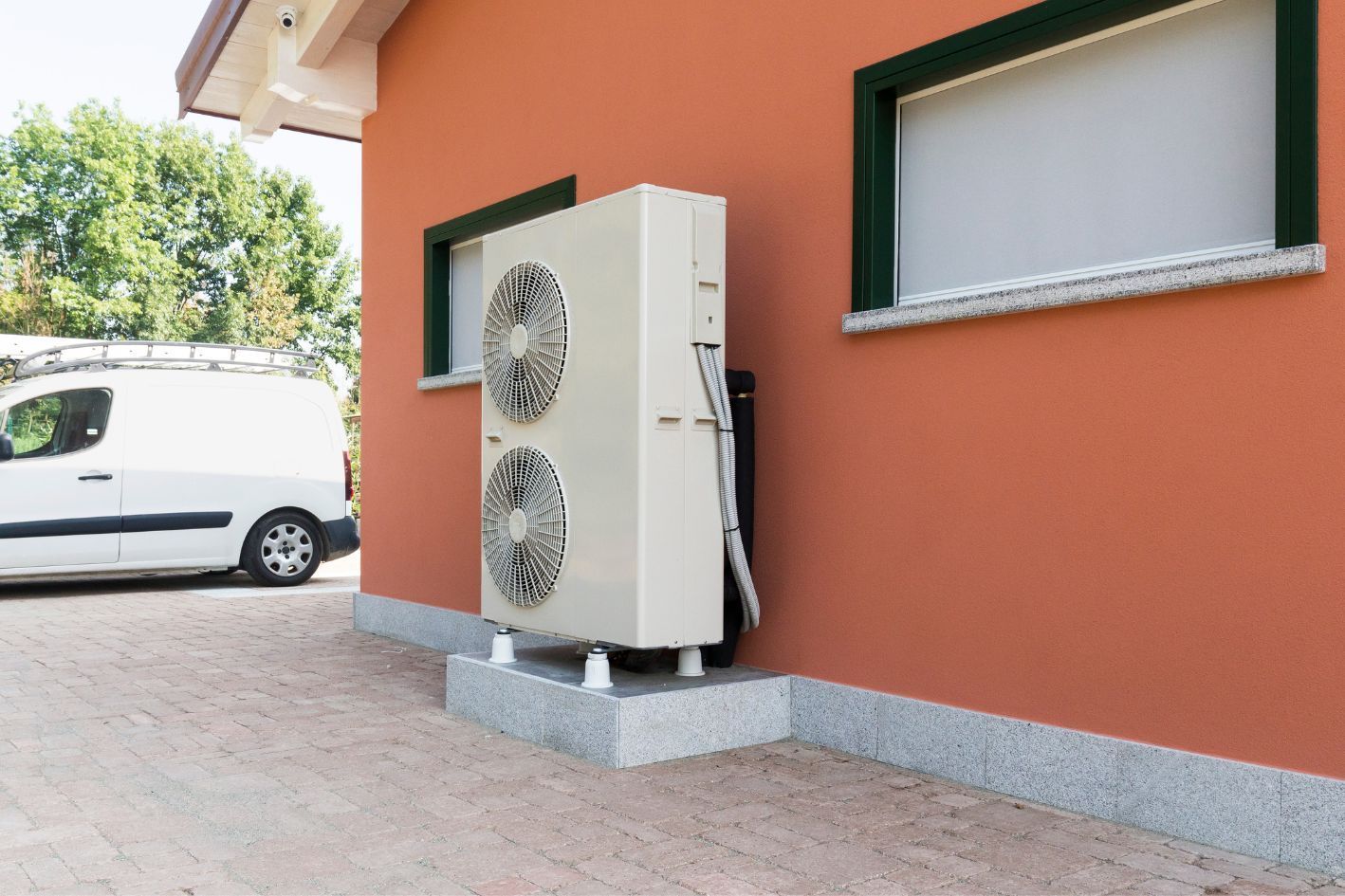From Seed to Harvest: Powering Agriculture with Air Source Heat Pumps
As the days grow shorter and the air turns crisp, most pool owners reluctantly bid farewell to their aquatic havens. But what if you could stretch those blissful swimming days well beyond the traditional season? Enter air source heat pumps, a game-changing technology making waves in pool heating.
The Magic Behind Air Source Heat Pumps
Air source heat pumps extract warmth from the surrounding air and transfer it to your pool water. This ingenious process is not only efficient but also environmentally friendly. Unlike traditional gas or electric heaters, these pumps use less energy to maintain your desired water temperature.
Cost-Effective Comfort
While the initial investment in an air-source heat pump might be higher than that in other heating options, the long-term savings are substantial. These systems typically use about 80% less electricity than conventional electric heaters, translating to significantly lower operating costs. Over time, this efficiency can lead to impressive savings on energy bills.
Eco-Friendly Swimming
For the environmentally conscious pool owner, air-source heat pumps offer a greener alternative to traditional heating methods. These systems reduce carbon footprints by harnessing renewable energy from the air while keeping your pool comfortably warm. It's a win-win situation for both you and the planet.
Versatility in Various Climates
One of the most impressive features of air-source heat pumps is their ability to function effectively in various temperatures. While their efficiency may decrease slightly in colder weather, many modern units can operate in temperatures as low as -5°C (23°F). This means you can enjoy a warm swim even when there's a chill in the air.
Easy Installation and Maintenance
Installing an air source heat pump is straightforward, especially for existing pools. These systems are compact and can be placed discreetly near your pool equipment. Maintenance is minimal, typically requiring an annual check-up to ensure optimal performance.
Consistent Comfort
You can maintain a steady, comfortable water temperature throughout the extended swimming season with an air-source heat pump. This consistency enhances your swimming experience and helps protect your pool from potential damage caused by temperature fluctuations.
By investing in an air-source heat pump for your swimming pool, you're not just heating water but expanding your lifestyle. Imagine taking a refreshing dip on a cool autumn evening or starting your swim season weeks earlier in the spring. With this technology, your pool becomes a year-round oasis, ready to provide relaxation and enjoyment whenever desired.












